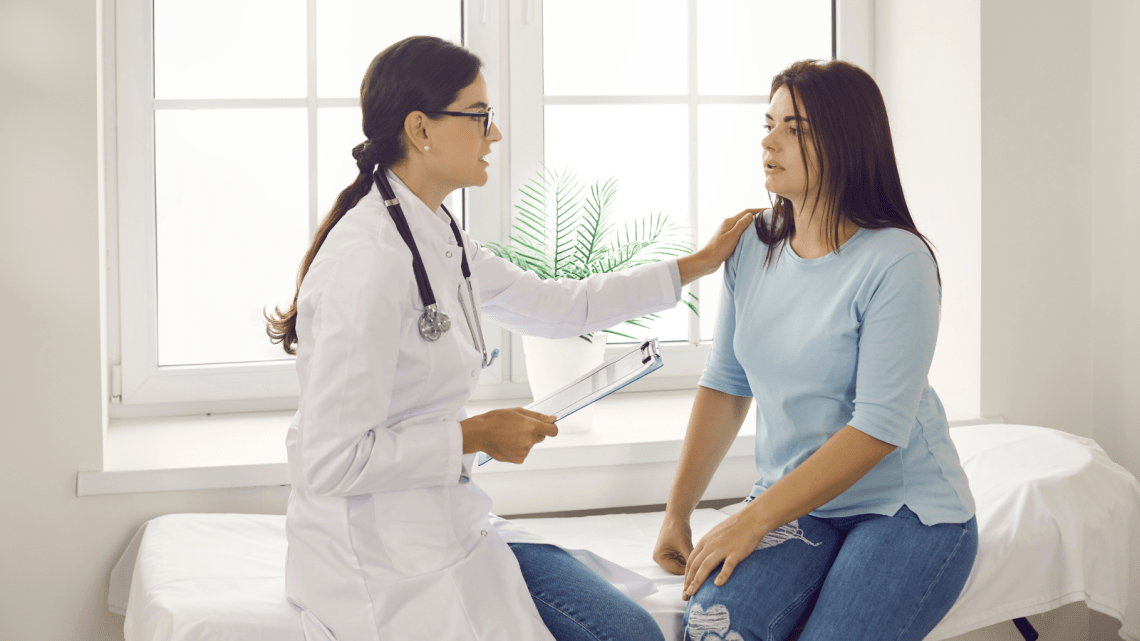
UBC CPD and BC Cancer have worked together to provide medical education on the late effects of cancer therapy from childhood, adolescence and young adulthood. This eLearning course identifies long-term health risks, tumour and treatment related late effects, the impact on survivors’ lives and accessibility to resources and management for survivors.
Long-term health risks
In Canada, over 80% of children diagnosed with cancer between the ages of zero and nineteen become long-term survivors. A study published in the Journal of Clinical Oncology states that adolescents and young adults (AYA) from age fifteen to thirty-nine at the time of diagnosis are at significant risk of developing heart failure, heart attack, stroke, diabetes, hearing loss, and chronic kidney and liver disease.
AYA survivors can present different long-term health risks based on treatment levels. An aggressive combination of chemotherapy and radiation therapy (RT) treatment for conditions like Hodgkin lymphoma, Ewing, sarcoma, brain tumours, rhabdomyosarcoma and neuroblastoma can result in a higher risk of late effects. Patients with a lower risk may have received a combination of chemotherapy alone (not including anthracyclines or alkylating agents), such as mild chemotherapy for acute lymphoblastic leukemia with no cranial radiation therapy. Some patients will fall within a moderate risk level.
The impact of cancer therapy related late effects on survivors’ lives
Two thirds of survivors develop at least one chronic health issue related to previous cancer therapy. Up to one third of these late effects are serious or life threatening. For instance, RT treatments are associated with an increased risk of second cancers years later. Chemotherapy agents, such as alkylating agents, are associated with infertility and second cancers. Anthracyclines, including drugs like Adriamycin, can lead to cardiomyopathy.
Additional common problems childhood cancer survivors experience in adulthood include
- reduced growth and development
- cognitive and psychological issues
- organ damage
- endocrine problems
The severity of these late effects can depend on factors during cancer therapy, such as underlying genetic conditions, the child's age at the time of treatment, treatment type and intensity and more. The more time that passes after treatment increases survivors’ chances of experiencing these late effects.
Manage the late effects of someone with childhood acute lymphoblastic leukemia in adulthood
Survivors of childhood acute lymphoblastic leukemia may be at higher risk for late effects if they undergo a clinical approach of combined RT treatment and chemotherapy and an increase in time following cancer therapy. Late effects of this diagnosis and treatment approach can vary from neurocognitive deficits, cerebrovascular disease, cataracts and more. Consistent, annual screening investigations are imperative to surveil and manage these symptoms. This can include monitoring educational and vocational status, physical examinations, up to date vaccine boosters, eye exams and more.
Learn more about late effects after therapy for childhood and adolescent and young adult cancers in our eLearning module to earn credits.
| Want to save this content? See our post on Instagram and add to your learning collection. |